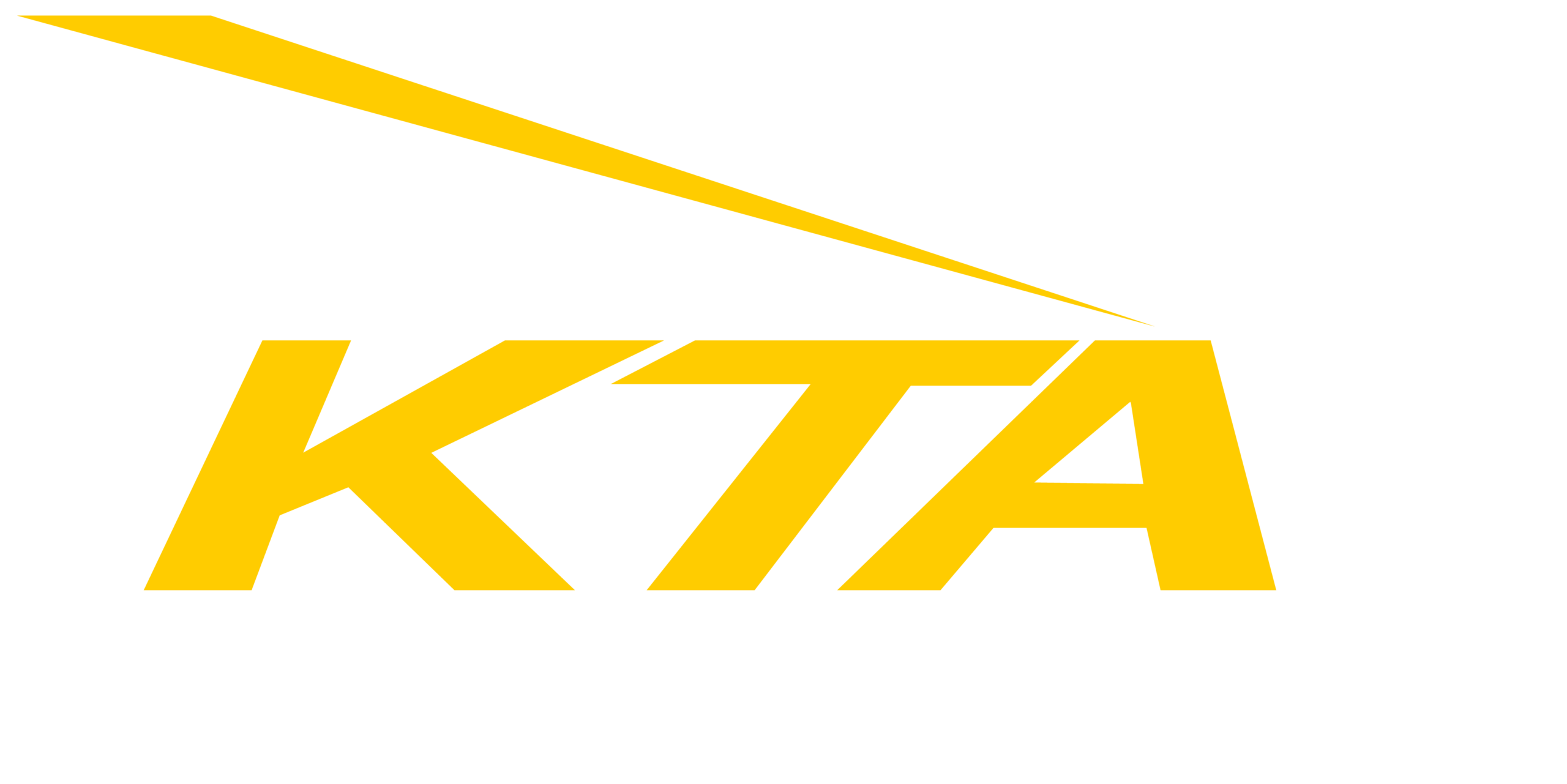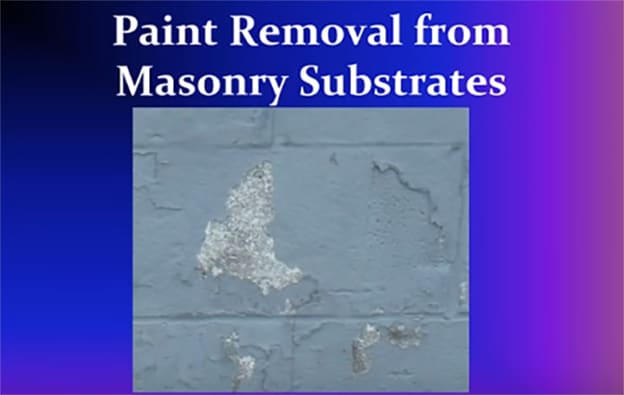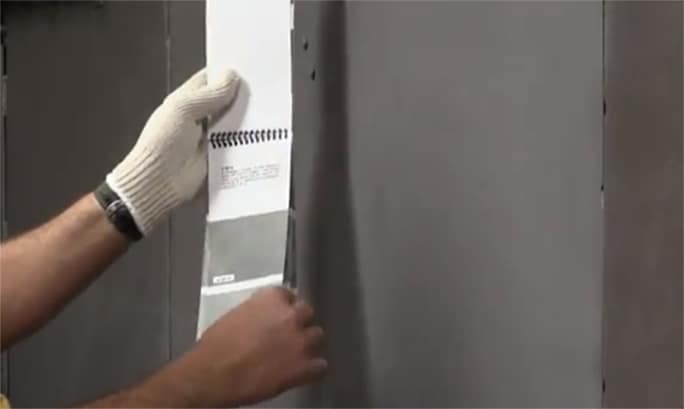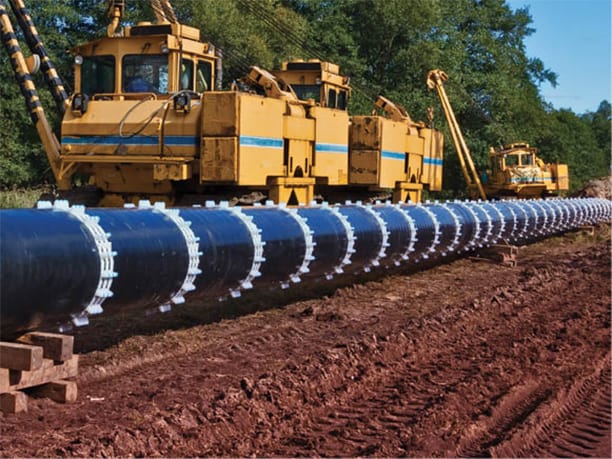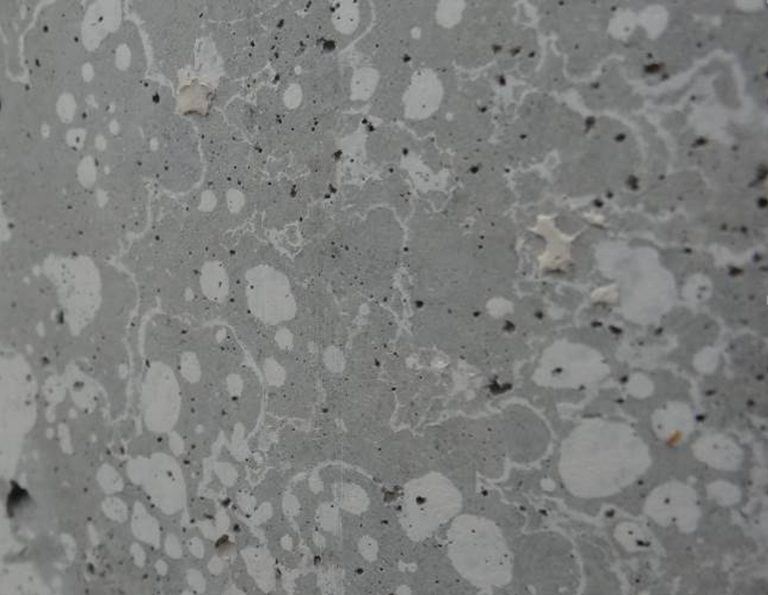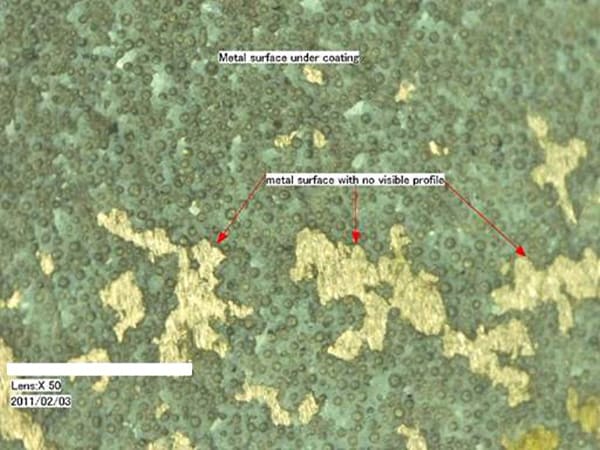F-Files: Mechanisms of Failure- Failure at the Jail
This article describes the failure of coatings applied to the concrete floors of a county detention facility. The structure is a multistory building with modular cells and concrete floors on each inmate level. The main structural floors were constructed of lightweight aggregate and the mezzanine floors constructed of a normal-weight aggregate. The facility was relatively […]
F-Files: Mechanisms of Failure- Failure at the Jail Read More »
